Escaping the clutches of debt is not only possible but can happen faster than you might think. In this guide, I’ll share effective strategies based on my own debt repayment journey. We’ll delve into the importance of facing debt head-on, creating a comprehensive debt list, calculating the debt-to-income ratio, and crafting a repayment strategy. Additionally, I’ll highlight methods such as the Debt Snowball and Debt Avalanche, providing insights into their effectiveness.
Facing the Debt Challenge: A Necessary Prelude
The first step toward debt liberation involves confronting your financial situation with transparency and impartiality. It’s a daunting task, reminiscent of my own experiences in my early twenties when multiple debts were steadily accumulating. Despite the fear, acknowledging the extent of your debt is crucial.
Creating a Debt Inventory: A Powerful Exercise
To confront your debt, I encourage you to list everything you owe. For each debt, record the following details in a format that suits you, be it a note on your phone, an electronic spreadsheet, or a handwritten list:
- Creditor
- Current balance and credit limit
- Interest rate
- Minimum monthly payment
While this exercise may feel intimidating, even this small step holds significant power. Ensure it doesn’t become a source of self-judgment. The circumstances that led to these debts are less relevant than your current reality. Remember, you are not defined by your debts, and your debts do not define you.
Calculating the Debt-to-Income Ratio: A Benchmarking Exercise
As a benchmark, it’s advisable to calculate your debt-to-income ratio at this stage. Lenders employ this statistic in loan decisions, determining your monthly debt payments relative to your gross (pre-tax) monthly income. For instance:
- Monthly earnings: $5,000
- Monthly debt payments: $800 car loan + $1,000 student loan + $300 credit card minimum payment
- Debt-to-income ratio: 42%
As a rule of thumb:
- Over 40% is considered the “danger zone.”
- 30% to 40% is higher than ideal.
- 20% to 30% is manageable.
- Below 20% is considered ideal.
Prioritizing Debt Repayment: Strategies to Consider
Now armed with your debt inventory, it’s time to decide how to tackle them. Two popular methods are the Debt Snowball and Debt Avalanche.
Debt Snowball Method:
Dave Ramsey advocates this approach, which encourages paying off the smallest debt first. Once cleared, the amount dedicated to that debt is redirected to the next larger debt. The process continues, gaining momentum like a snowball rolling downhill.
Debt Avalanche Method:
In contrast, the Debt Avalanche method suggests paying off debts starting with the one carrying the highest interest rate. As each debt is settled, the freed-up funds are directed toward the debt with the next highest interest rate.
There’s no one-size-fits-all answer here; choose the method that resonates with you and aligns with your debt repayment goals.
Consolidation or Refinancing: Optimizing High-Interest Debt
Before executing your debt liberation strategy, exploring opportunities for refinancing or debt consolidation is worthwhile.
Personal Loans:
Consolidating multiple credit card balances into a single monthly payment can save on interest, provided you secure a lower rate. Keep in mind that obtaining a personal loan may be challenging if your credit report is less than stellar.

Home Equity Loan:
Another option involves consolidating debts through a home equity loan. However, this requires both a good credit score and sufficient home equity.
Balance Transfers:
For those grappling with full-limit credit cards, balance transfer cards offering 0% interest for a specified period can accelerate debt repayment. While these often entail a fee (around 3-5% of the transferred balance), the interest savings usually outweigh the cost.
Refinancing Possibilities for Specific Debts:
Student Loans:
Navigating student loan repayment can be intricate, as federal student loans typically offer limited relief in bankruptcy. However, private student loans with good credit may be eligible for refinancing, potentially lowering interest rates.
Car Loans:
Surprisingly, auto loans can also be refinanced, especially if obtained at a high-interest rate due to a less-than-stellar credit score. Caution is advised against extending the loan term.
Maximizing Additional Payments: A Savings Strategy
Entering the more challenging phase of the debt-free journey involves two crucial actions:
- Cease incurring new debts (preferably transact in cash).
- Allocate more funds towards monthly bills.
Unearthing additional cash for debt repayment is undeniably challenging. This is where traditional budgeting can be instrumental. Crafting a simple budget spreadsheet or employing budgeting apps, some of which are free or require a minimal monthly fee, aids financial organization.
Furthermore, deploying unexpected windfalls such as tax refunds, inheritances, lottery winnings, or bonuses predominantly toward debt repayment is vital. The significance of prioritizing extra funds for debt repayment cannot be overstated.

Increasing Income: Accelerating the Journey
Breaking free from debt demands not just living within your financial means but beneath them. Transitioning from spending more than you earn to earning more than you spend is imperative for swifter debt elimination.
In essence, you need to augment your income beyond your current lifestyle. To expedite debt repayment, the equation requires earning more than your expenditures.

Conclusion:
Embarking on the journey to financial freedom demands commitment, discipline, and a strategic approach. Armed with a clear understanding of your debts, a well-crafted repayment strategy, and judicious financial choices, you have the tools to liberate yourself from the shackles of debt. Remember, the decision to break free from debt is also a commitment to a more secure and prosperous financial future.
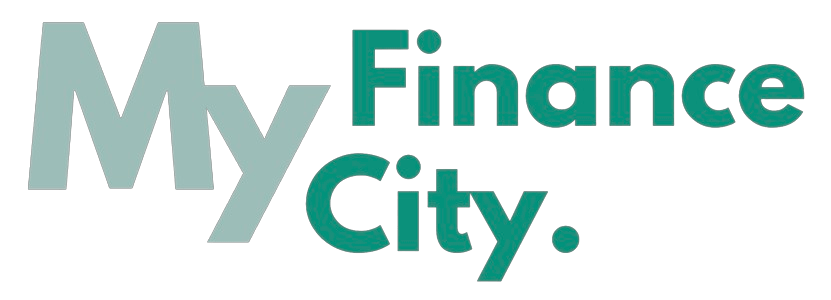




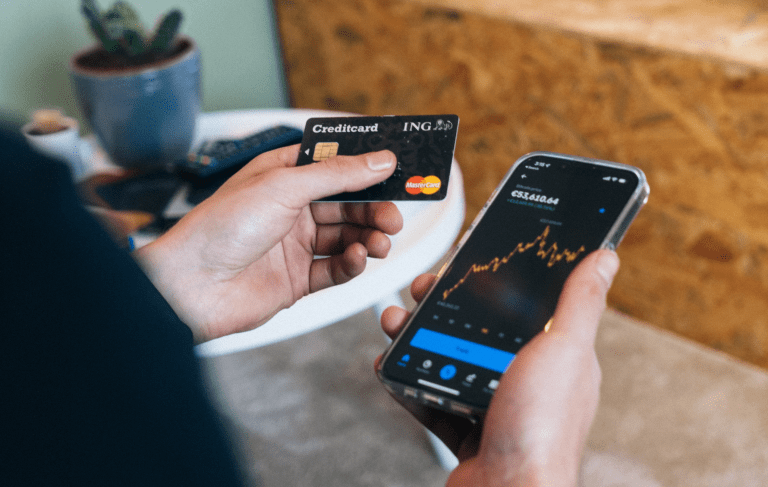

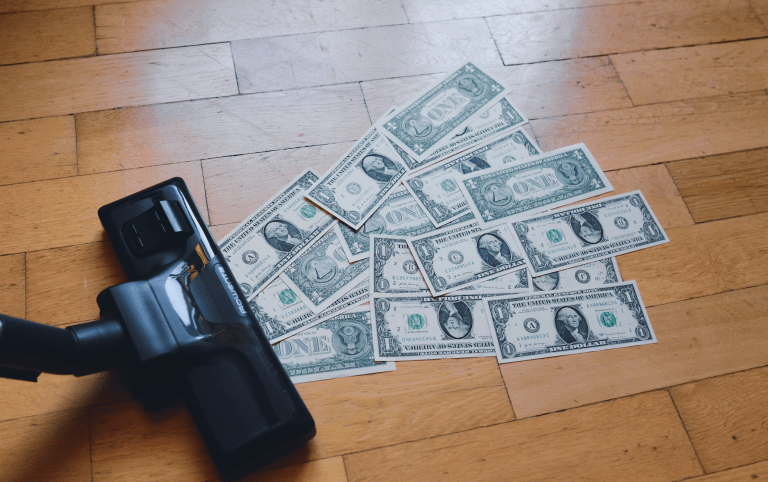
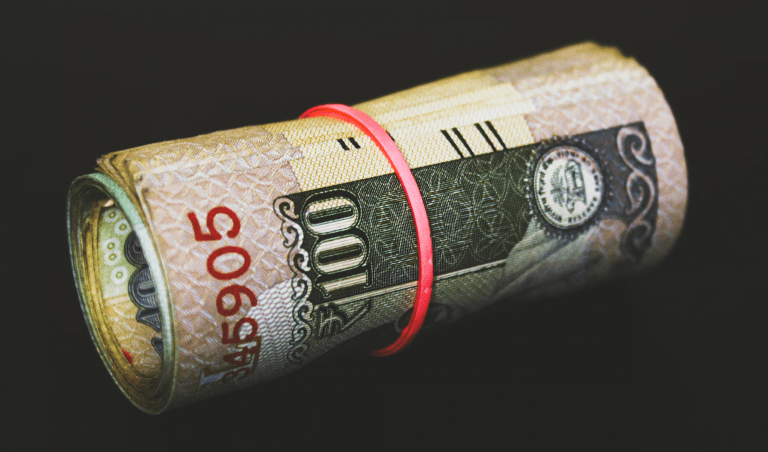

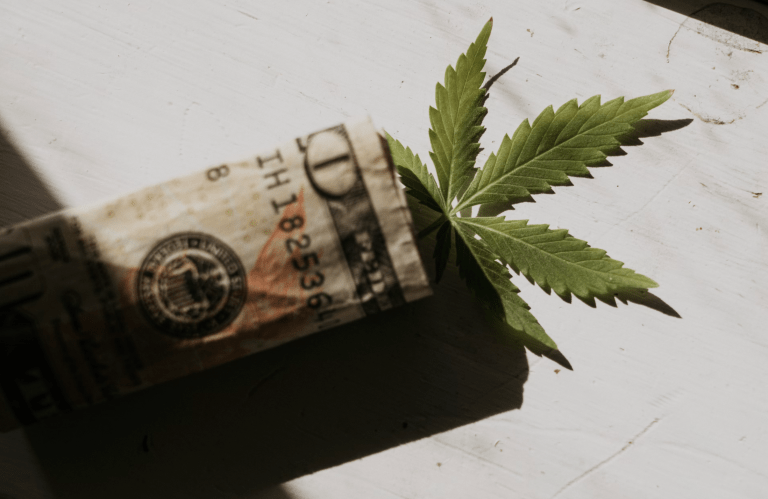
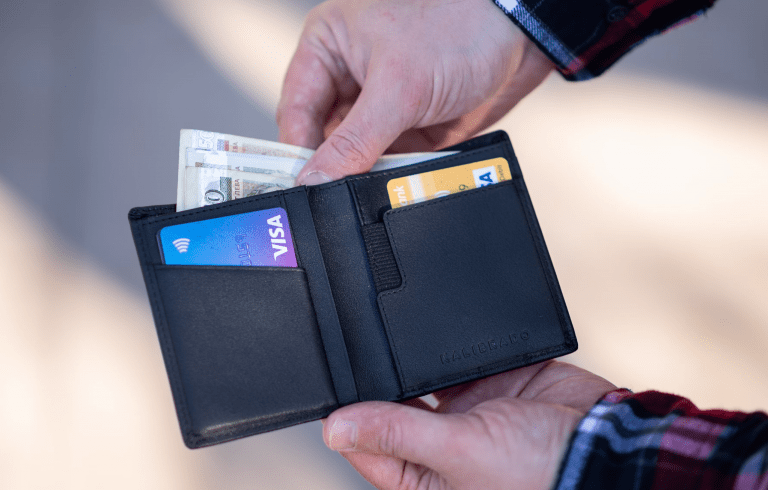

+ There are no comments
Add yours